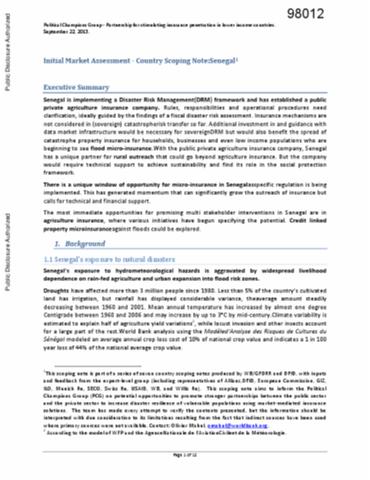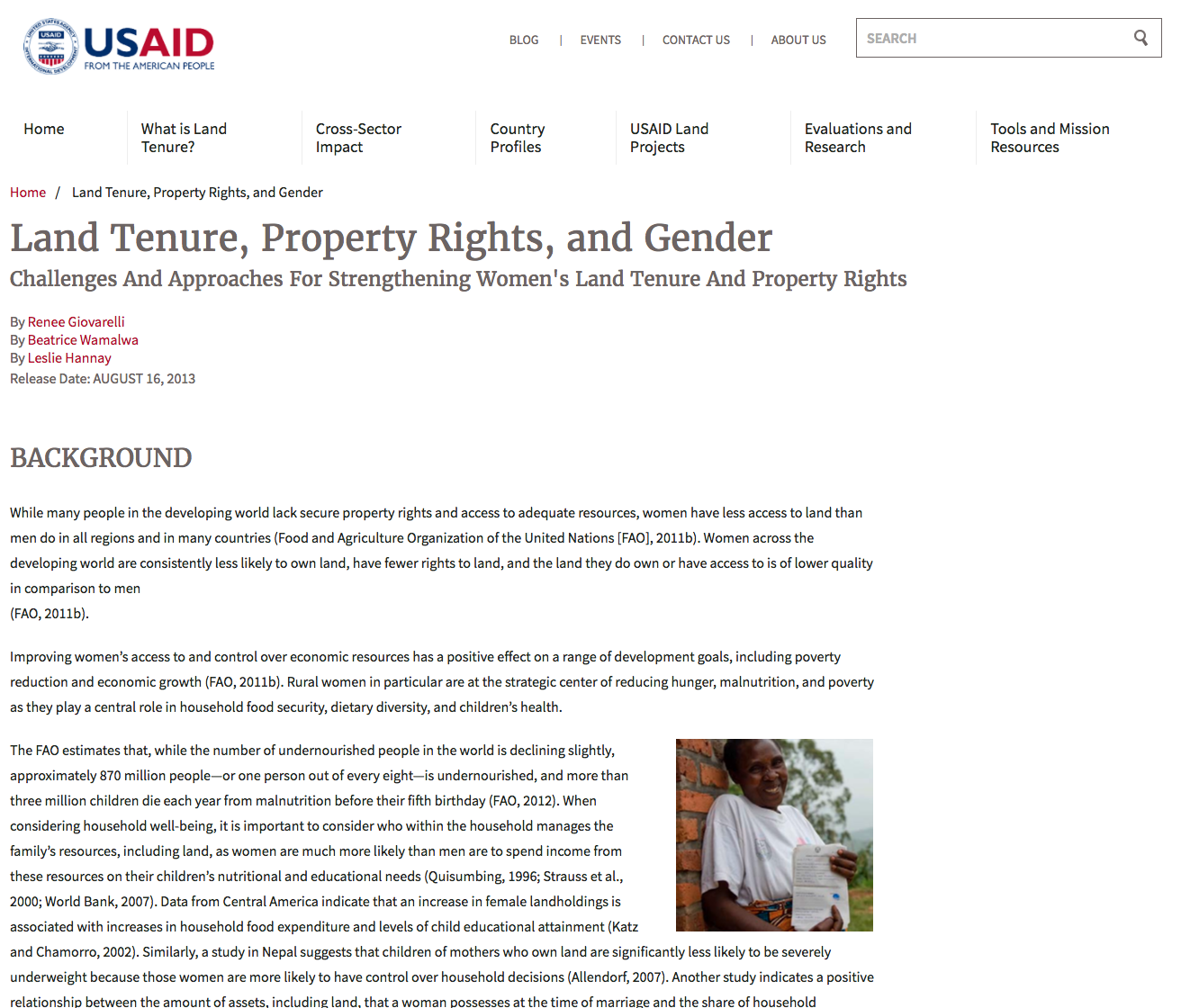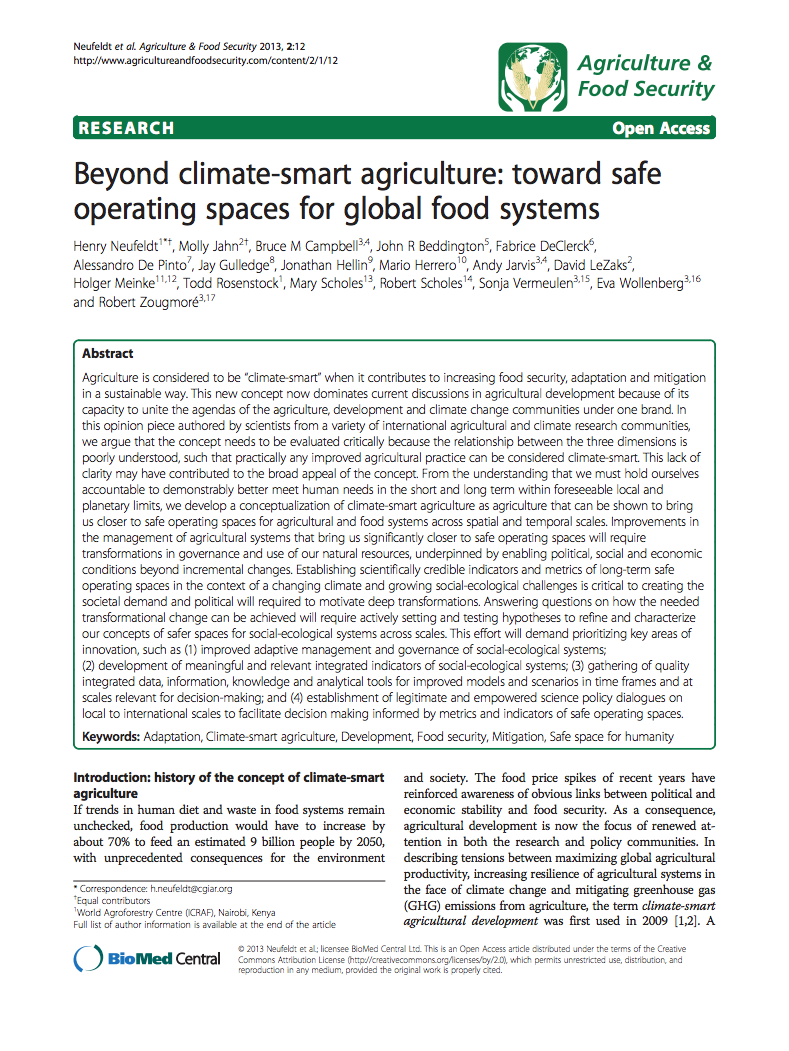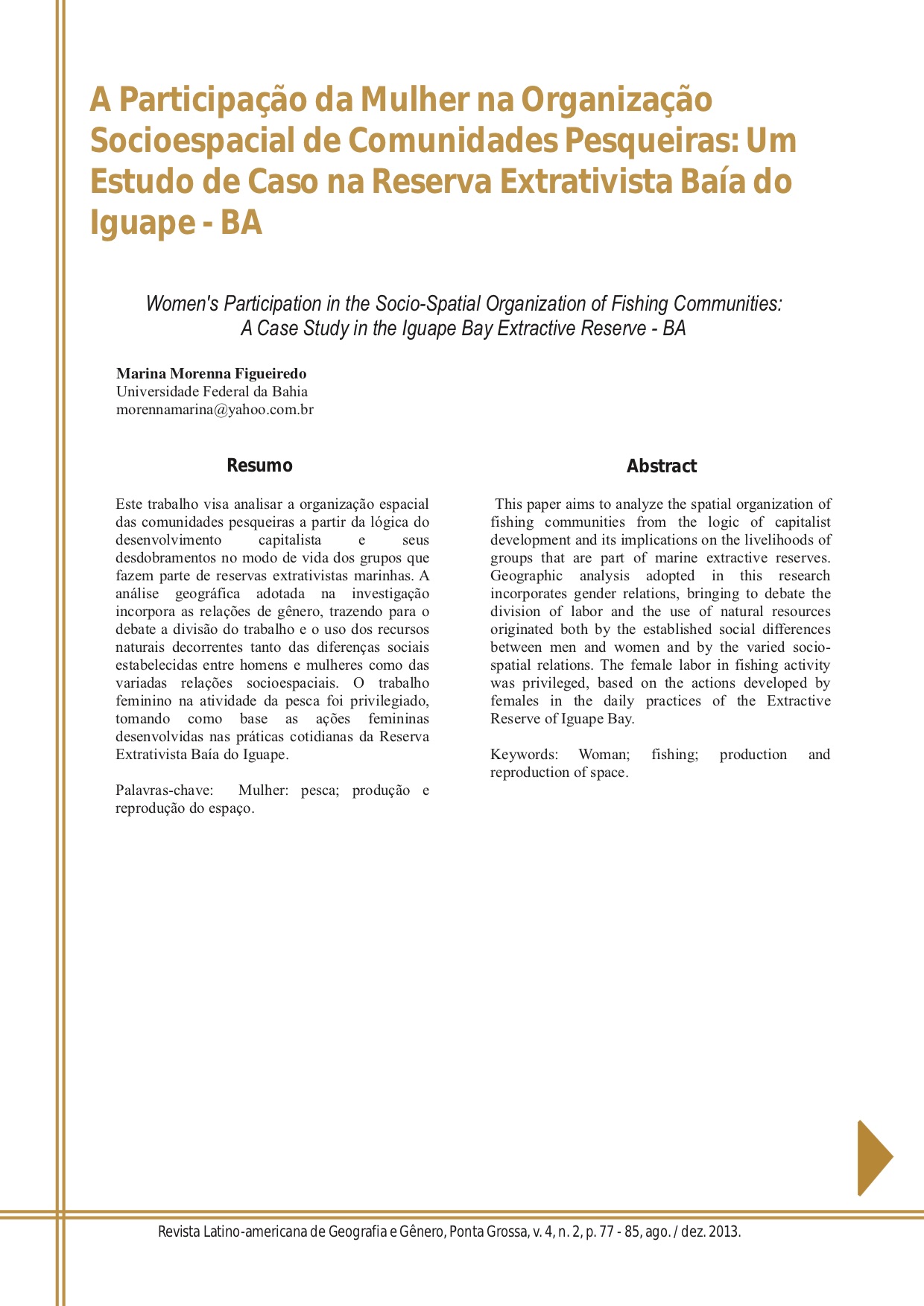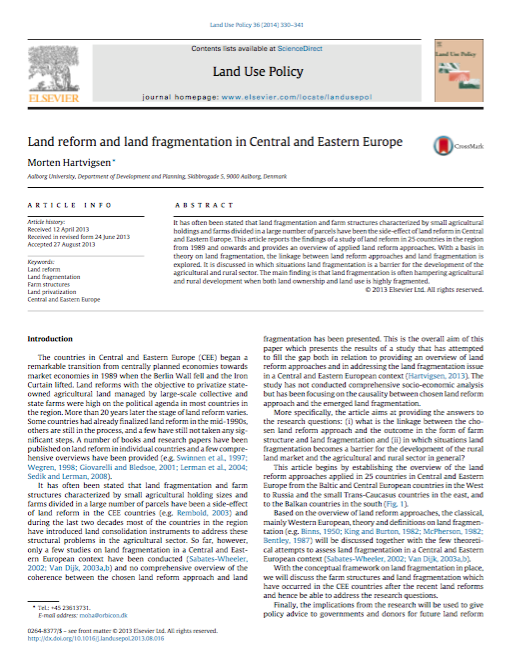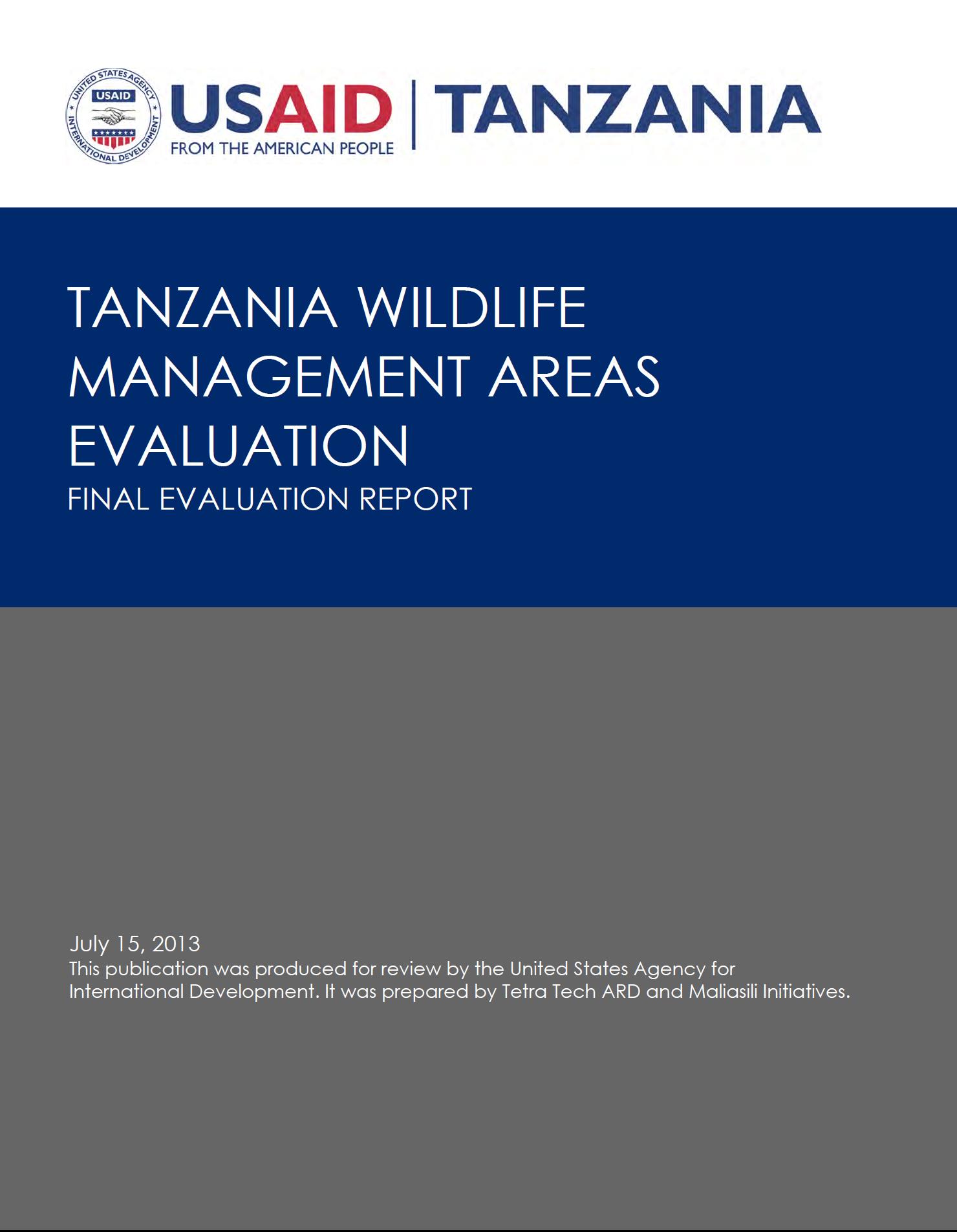Concentración de tierras y seguridad alimentaria en Centroamérica
El presente trabajo busca hacer una lectura estructural de algunas de las dinámicas agrarias y rurales de las últimas décadas en Guatemala, Honduras, El Salvador y Nicaragua. Se busca mostrar varias dimensiones que interactúan en el medio rural, como son la estructura agraria, el uso del suelo, el incremento de la superficie en fincas gracias a la ampliación de la frontera agrícola, y la evolución de la población tanto nacional como sobre todo en el ambiente rural.


